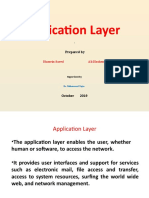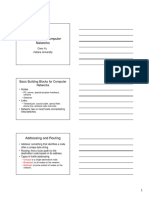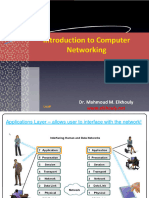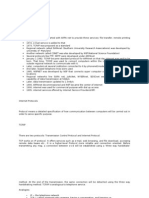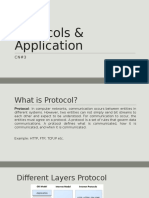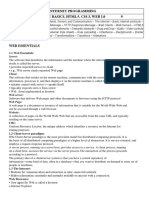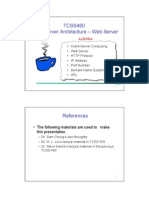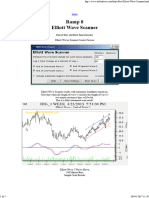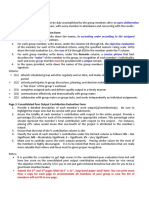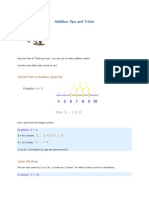0% found this document useful (0 votes)
5 views35 pagesApplication Layer
The document outlines the Application Layer of computer networks, detailing the roles of client and server processes, message types, and protocols such as HTTP, SMTP, and DNS. It explains the client/server and peer-to-peer models, the structure of domain names, and the differences between HTTP and HTTPS. Additionally, it covers email services, file transfer protocols like FTP and TFTP, and the importance of security in network communications.
Uploaded by
valadevang071Copyright
© © All Rights Reserved
We take content rights seriously. If you suspect this is your content, claim it here.
Available Formats
Download as PDF, TXT or read online on Scribd
0% found this document useful (0 votes)
5 views35 pagesApplication Layer
The document outlines the Application Layer of computer networks, detailing the roles of client and server processes, message types, and protocols such as HTTP, SMTP, and DNS. It explains the client/server and peer-to-peer models, the structure of domain names, and the differences between HTTP and HTTPS. Additionally, it covers email services, file transfer protocols like FTP and TFTP, and the importance of security in network communications.
Uploaded by
valadevang071Copyright
© © All Rights Reserved
We take content rights seriously. If you suspect this is your content, claim it here.
Available Formats
Download as PDF, TXT or read online on Scribd
/ 35



